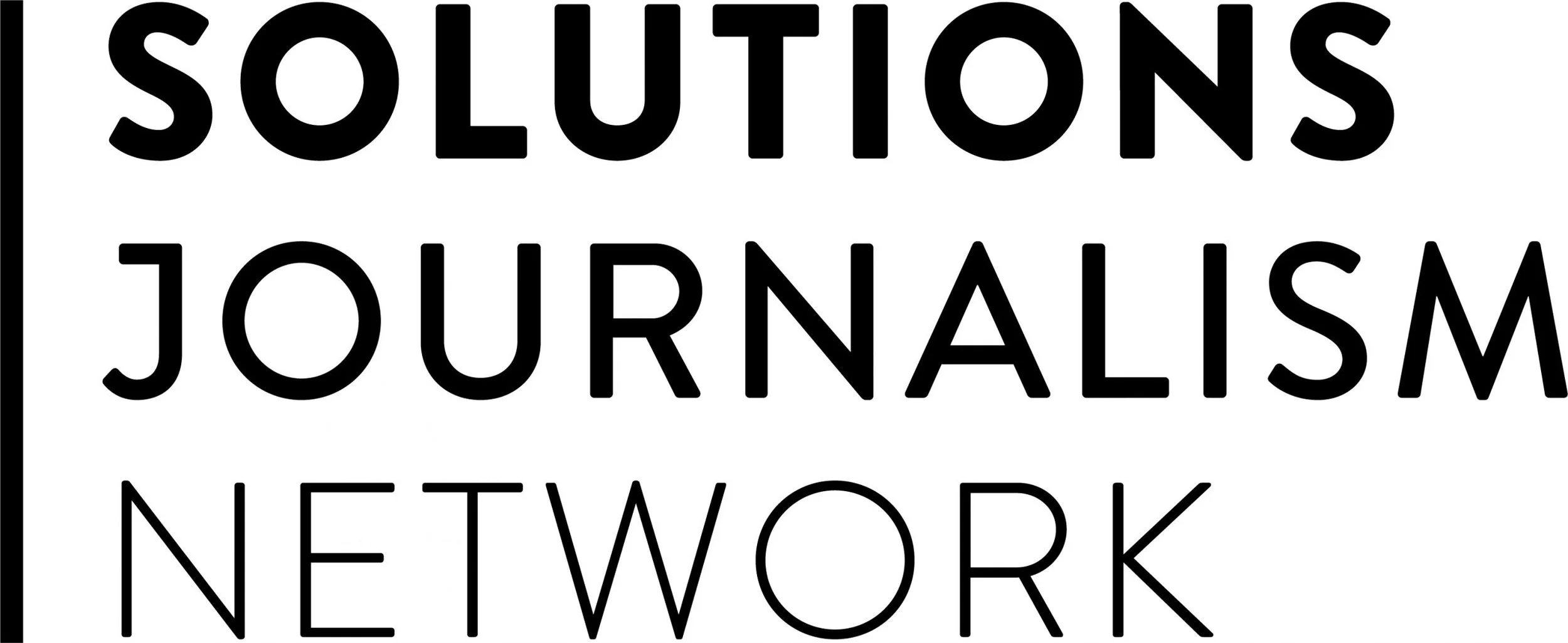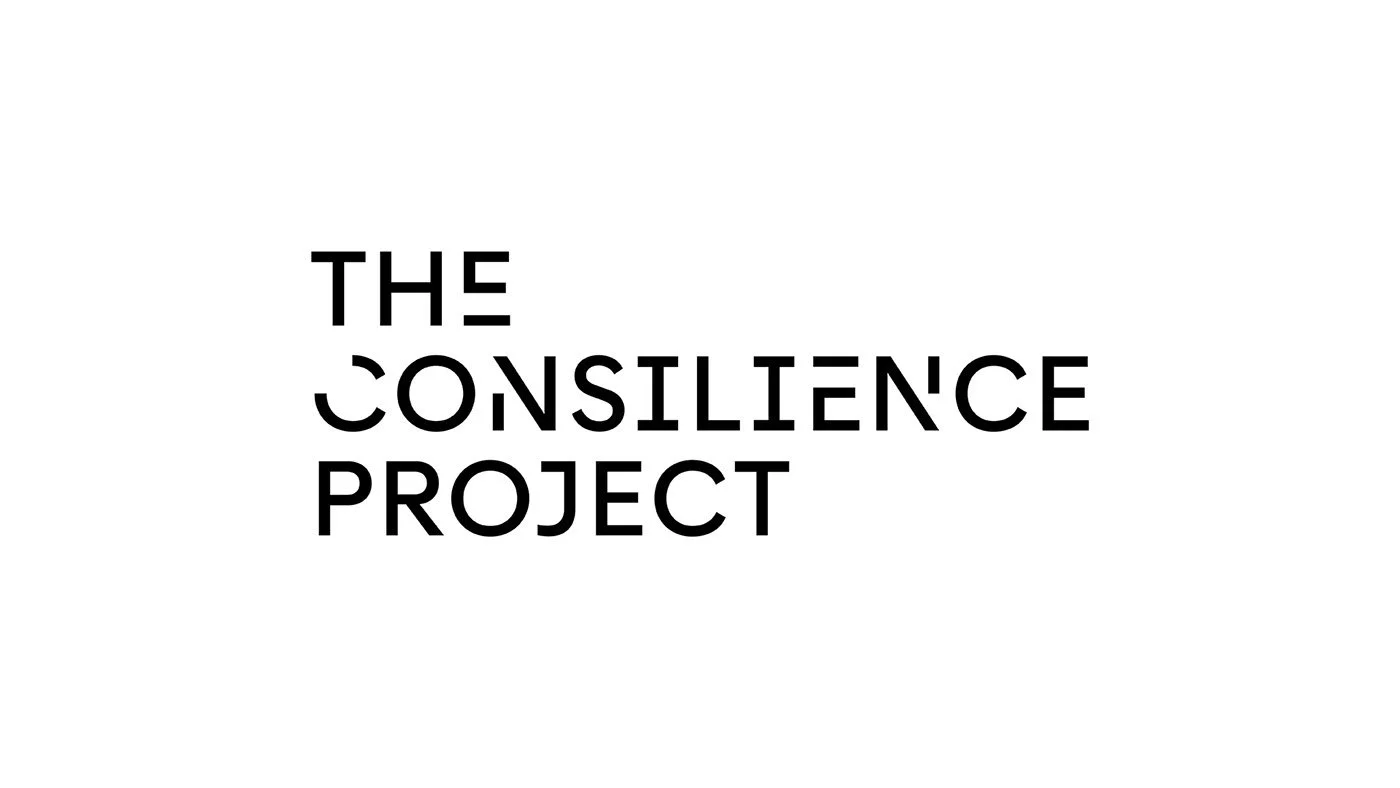Solutions Journalism
Meaningful Problem-solving
Impact-driven Organisations
Solutions Journalism
Conventional journalism tends to focus on what is wrong with the world. While it is important to know and understand the problems that we face, being constantly bombarded with doom and gloom can leave readers feeling hopeless and powerless.
Solutions journalism takes a different approach. Instead of just focusing on the problems, it focuses on both the problems and the solutions. In doing so, it gives readers a sense of hope and agency.
Research by the Institute for Applied Positive Research (2017) found that:
“Solutions-oriented reporting made people feel less anxious, more energised and more connected to the community. Audiences also reported more willingness to talk about the issues, collaborate with others, and hold officials in positions of power accountable for change…”
To learn more about solutions journalism and its benefits, check out the work being done by the Solutions Journalism Network, an organisation whose work has greatly inspired our own.
Learn more:
Meaningful Problem-Solving
These are not “rules” or “laws”, they are just useful things to consider when approaching a problem.
When taken on board, they constitute a wise and constructive approach to problem solving… what we might call “meaningful problem solving”.
1 | Some “problems” are actually just symptoms.
Often, things that we might think of as “problems” are actually just symptoms of something deeper. This can make efforts to solve the problem ineffective. We can be left wondering, “Why isn’t this solution working?”. Or worse, we can be left thinking, “This problem must be unsolvable!”
A good example of this can be found in efforts to solve drug-related problems.
Symptom disguised as a problem:
Drug use, overdoses and drug-related crime.
Narrow solution:
Ban drugs, criminalise users and increase policing.
Underlying drivers:
Poverty, inequality and a lack of mental health services.
2 | Not all “problems” need solving.
Society today often rushes to diagnose problems. But many of these so-called “problems” are actually just ordinary features of life.
Worse still, some are fabricated by groups that wish to profit by selling people a “solution”. Through marketing and advertising, they can reframe something perfectly normal as a problem that needs solving.
The idea goes something like:
“Some will light your house on fire... only to sell you the water to put it out with!”
A good example of this can be found in the modern “beauty” industry:
Fabricated problem:
Natural skin, wrinkles, body hair, greying hair and other “flaws” that are in fact perfectly natural and normal.
Solution with a price:
Endless creams, makeup and powders to “fix” something that wasn’t broken.
3 | Some “solutions” can create more problems.
Even well-intentioned “solutions” can create more (often bigger) problems down the line. These side-effects are commonly referred to as “externalities”. However, the idea that the effects of something are “external” is often used to deny responsibility and shift the blame elsewhere. Meaningful progress means anticipating these consequences before rushing to “solve” something. It involves internalising externalities.
A good example of this is leaded fuel:
The problem:
Early car engines often suffered from “knocking”, which happened when the fuel inside the engine exploded unevenly, causing a rattling noise and, over time, damaging the engine.
Narrow solution:
Manufacturers discovered that adding lead to petrol stopped knocking almost completely —cars ran better, engines lasted longer, and fuel efficiency improved.
Downstream effects:
Lead is a powerful neurotoxin which harms the developing brains of children. Once in the environment, it doesn’t break down, meaning that it accumulates over time. Studies have shown that widespread lead exposure lowered IQ scores across entire populations.
Too little, too late:
By the 1970s and 1980s, scientific evidence forced governments in the US, Europe, and other parts of the world to ban leaded petrol. However, leaded fuels are still used in certain types of machinery, small aircraft, and in some countries where regulations are weaker.
4 | Small steps matter.
Some challenges—like overconsumption, climate change, or poverty—are so vast and complex they can’t be solved overnight. They require long-term cooperation and systemic change on a global scale. In the meantime, however, small, local efforts can be valuable. They can buy time, ease suffering and provide much-needed hope and inspiration.
For example, take beach cleans:
Symptom:
Plastic pollution washes up on beaches.
Underlying driver:
Overconsumption on a global scale.
Small steps:
Beach cleans don’t fix the underlying drivers of plastic pollution. But they do help wildlife, protect local environments, raise awareness, and bring communities together.
For more on the problem-solving frameworks that we use, check out the work of the Consilience Project, in particular, their feature article "Development in Progress”:
Impact-driven Organisations
What makes Mangrove Report’s solutions journalism unique is our organisation-centred approach. Our articles focus on specific organisations that are helping to solve important social and environmental problems. Our definition of “organisations” is broad – it includes companies, non-profits, startups, publications and more.
But why focus exclusively on organisations?
We don’t want people to just read an article and forget about it. We want them to be able to take immediate and concrete steps. Our organisation-centred approach makes this possible. If they are interested in or inspired by an organisation, readers can take action – donate, volunteer, invest, apply for a job… whatever!
Ultimately, we want our articles to be not just informative, but actionable.
Our Articles
Our contributors follow a checklist to ensure every piece offers a clear view of the problem at hand and how an organisation is addressing it. This helps us to deliver balanced, consistent analysis of social enterprises across a wide range of sectors
The Problem
What is the problem and why does it need to be solved?
What is the scale of the problem?
What are the underlying causes or drivers?
The Solution
What is the organisation’s mission?
How does their system, model or technology work?
What is unique, interesting or inspiring about it?
Impact and assessment
What success have they had?
What are their weaknesses?
What obstacles or opposition do they face?
Call to action
What are the main lessons that can be learned?
What can people do to help?
Where can people go to learn more?











